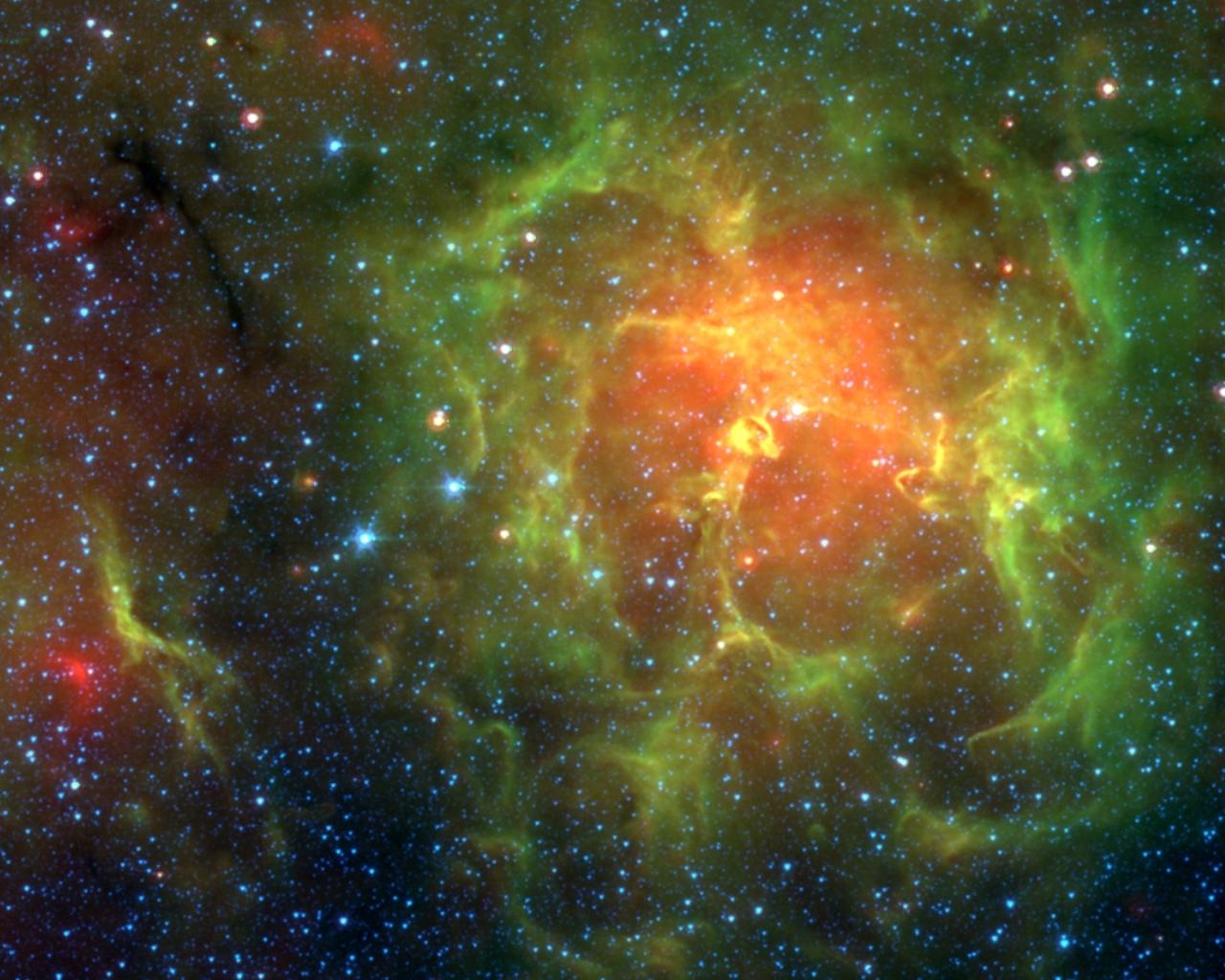Have you ever wondered where stars are born? Stars are formed in nebulas, interstellar clouds of dust and gas. Nebulas are either remnants of matter from the original big bang or the result of stars either collapsing or going supernova. Nebulas have long been noted and observed by astronomers but very little was known about them until the 21st century.
Galaxies because of their similar appearance were once thought of as nebulas. It was later determined that they were actually larger grouping of stars a great distance away from the Earth. So how are Nebulas star forming regions? The answers lie in the gravitational force and nuclear fusion.
Most nebulas are disparate clouds of gas and cosmic dust floating in the interstellar medium. Nebulas are the more dense parts of the gas and dust that exist in the space between stars and galaxies. We know due to the law of universal gravitation that every particle in the universe exerts an attractive force on every other particle. This happens over times with nebulas as the particles that make up the interstellar medium start to gather together.
Since gases have mass it is inevitable that the process will continue as great mass will create a stronger gravitational field. At some undefined point in time a tipping point between the gas pressure and the gravity of the nebula is crossed and the nebula collapses under its own gravity. Since molecular hydrogen is the most abundant element in the nebula the pressure from the collapse causes the nebula to undergo nuclear fusion. This starts the birth of a star.
As evidenced by how many stars and galaxies are in the universe you can see that is process that happens just about everywhere. More recently scientists have started become interested in how common it is for stars to from planets, especially those that are likely to support life. Scientists have recently discovered one such planet Gliese 581-g. This planet while closer to it star than Earth is well with in habitable zone necessary for liquid water and the right temperatures for life to occur.
The study of nebulas and the interstellar medium have yielded a lot important information about the formation and stars. As better telescopes and probes are created we will get a clearer picture about our universe and how it was formed and continues to grow over time.
We have written many articles about the birth of stars for Universe Today. Here’s an article about the star birth myth, and here’s an article about the birth of the biggest stars.
If you’d like more information on stars, check out Hubblesite’s News Releases about Stars, and here’s the stars and galaxies homepage.
We’ve done many episodes of Astronomy Cast about stars. Listen here, Episode 12: Where Do Baby Stars Come From?
References:
http://burro.astr.cwru.edu/stu/stars_birth.html
http://sunshine.chpc.utah.edu/labs/star_life/starlife_proto.html

